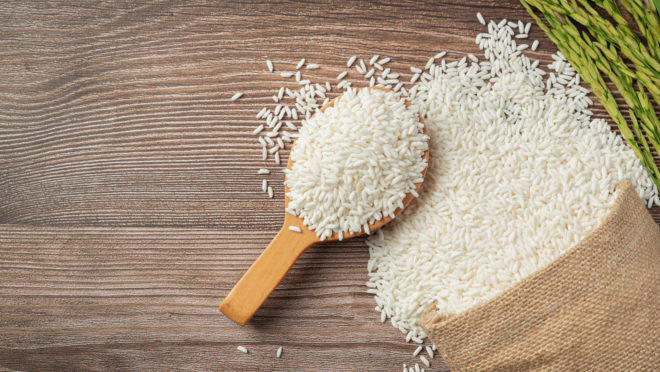Rice is one of the most consumed foods in the world and although it is so popular, celiac patients and people with gluten sensitivity have doubts as to whether the food is suitable for consumption or not. Fortunately, all types of rice are gluten-free, as are other grains. Below we have put together a list of gluten-free cereals and others that you should avoid if you have any dietary restrictions; check out!
On a daily basis, most Brazilians consume white and brown rice. These are more popular due to the monoculture production format. However, it is estimated that there are around 40 thousand variations of the cereal spread around the world. So many gluten-free variations, what a joy! But don’t worry… if you are celiac or sensitive to gluten, you need to be careful about cross-contamination. Also learn how to avoid it.
What is gluten?
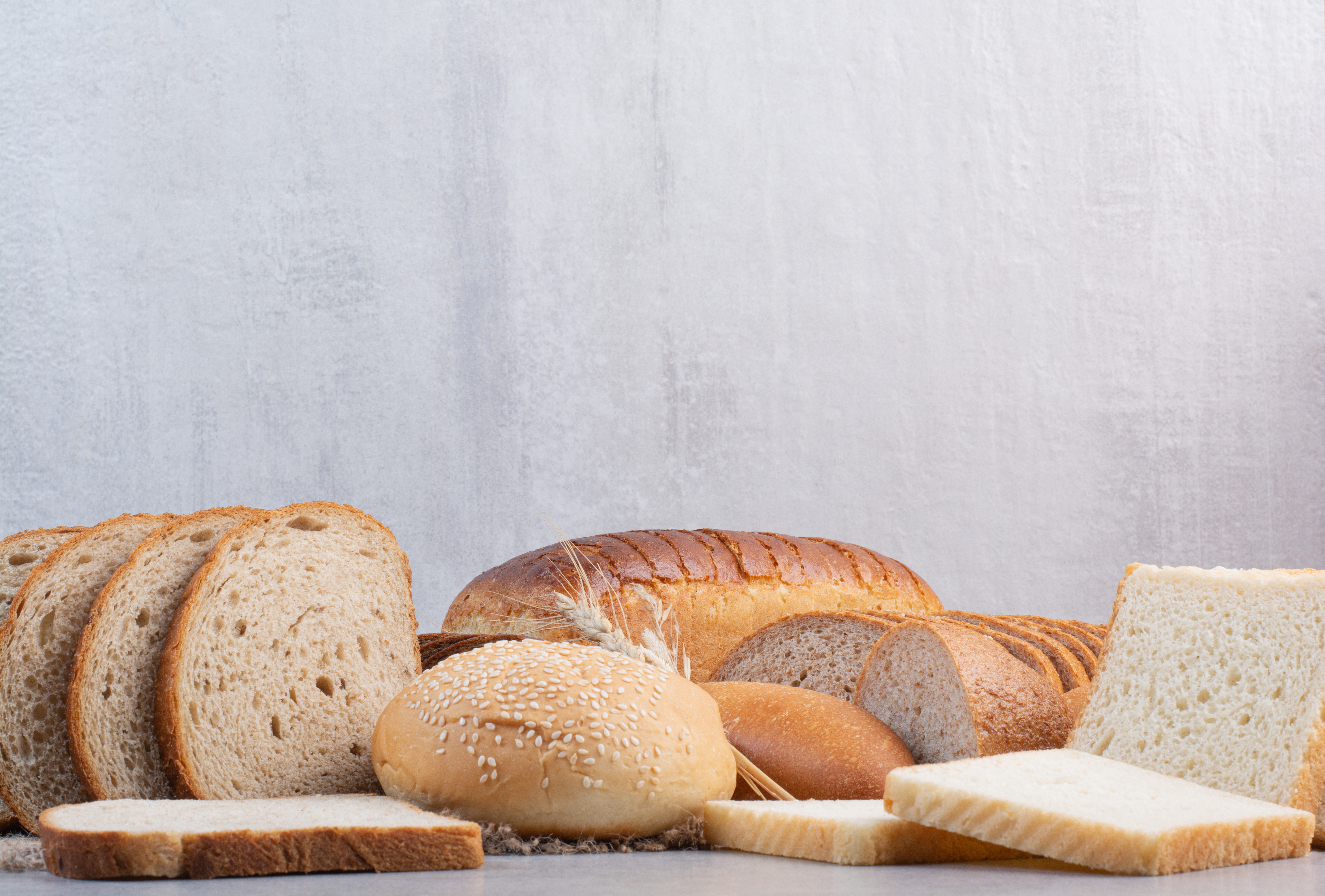 Gluten is a protein found in numerous foods, including cereals such as wheat, barley and rye. Protein is popular for providing elasticity and consistency to foods, and is widely used in the food industry, especially in bakery and processed products in general.
Gluten is a protein found in numerous foods, including cereals such as wheat, barley and rye. Protein is popular for providing elasticity and consistency to foods, and is widely used in the food industry, especially in bakery and processed products in general.
Gluten-free foods have gained more and more space on the shelves of supermarkets and health food stores with a wide variety of flavors and brands to the delight of celiacs and people with gluten sensitivity.
Find out more Gluten Free: guide brings together the main questions about the gluten-free diet
Celiac disease and non-celiac gluten sensitivity
Celiac disease is an autoimmune condition in which gluten consumption triggers a harmful immune response in the body. When consuming gluten, the villi of the small intestine, responsible for absorbing nutrients from food, are injured, generating discomfort, pain and harming the health of the celiac, as it impairs the absorption of nutrients. People with celiac disease need to follow a strict gluten-free diet to avoid health complications.
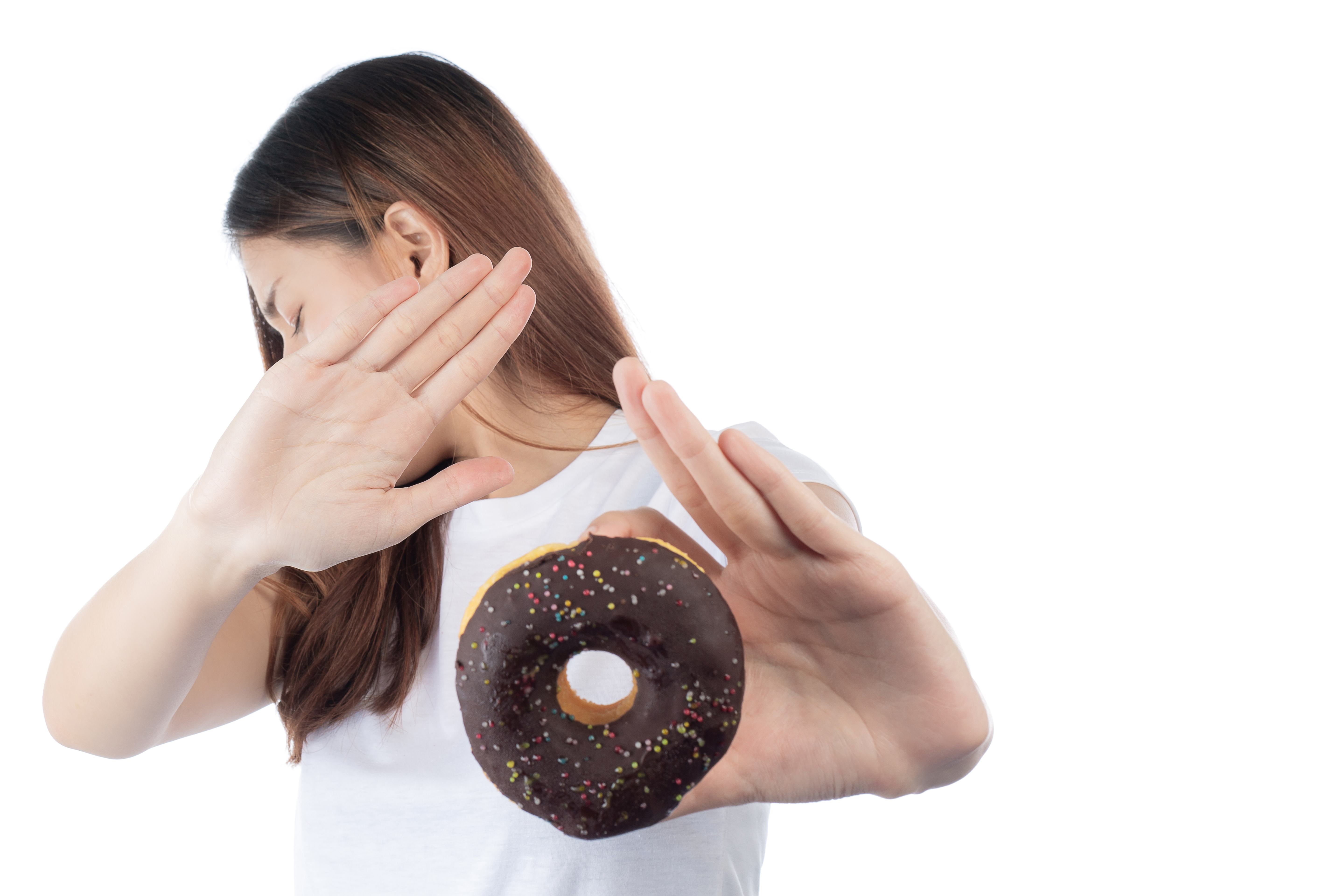
Non-celiac gluten sensitivity is characterized by being a condition in which the person presents symptoms similar to those of celiac disease, but there is no damage to the intestinal mucosa nor a specific immunological response to gluten. Following a diet that restricts protein helps relieve symptoms in individuals with non-celiac gluten sensitivity.
Check out the list that brings together 4 tips for removing gluten from your diet.
Who needs to eliminate gluten, what is the solution?
Although discovering the diagnosis can bring relief to individuals suffering from this condition, finding gluten-free and especially safe foods can be a challenge. Fortunately, people are becoming more aware of allergies and dietary restrictions.
Furthermore, major brands on the market are bringing a variety of options and flavors to their product portfolio for people with gluten sensitivity and celiac disease. Therefore, today it is possible to find shelves dedicated to these foods in large supermarkets.
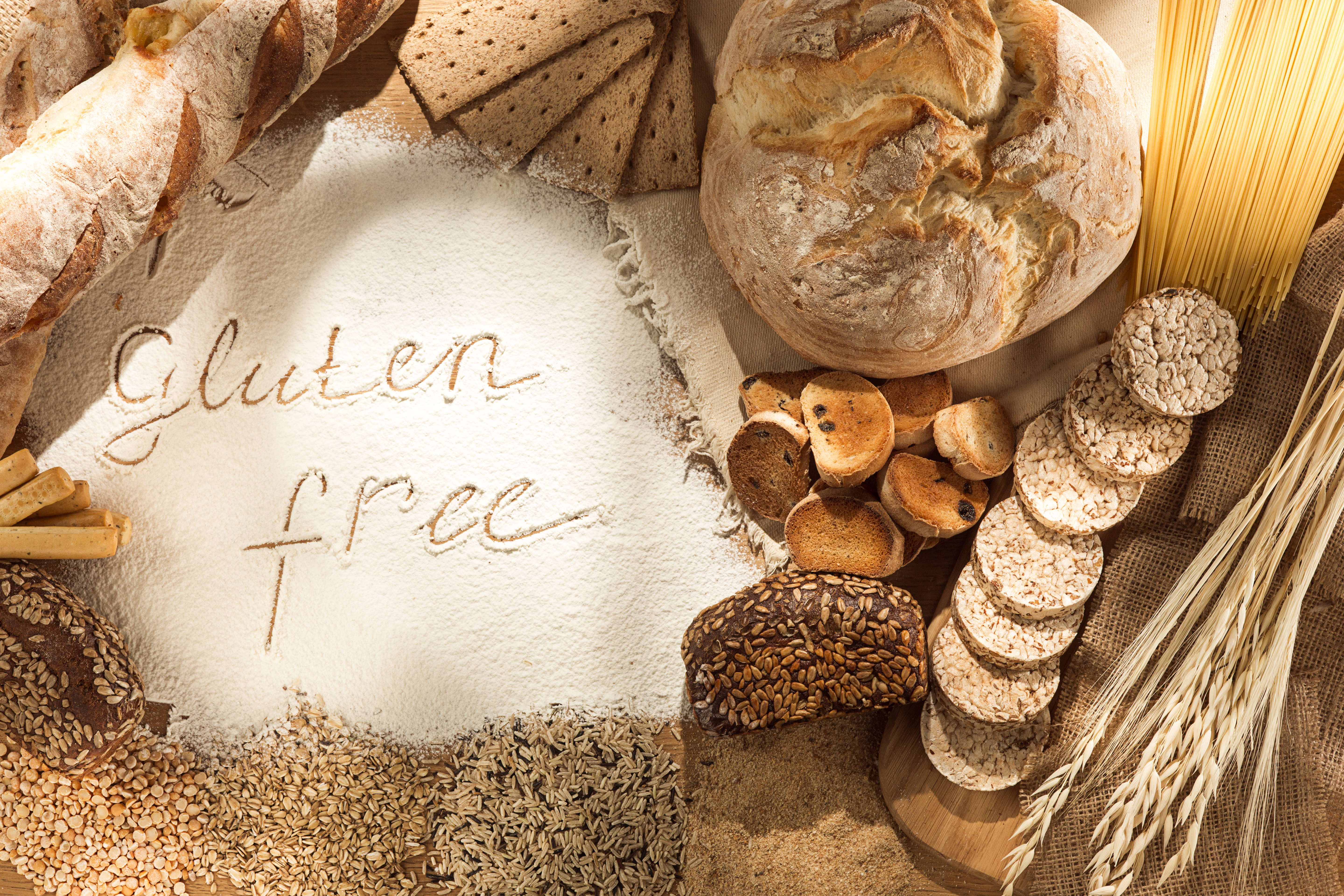
If you have celiac disease or are sensitive to gluten, seek medical and nutritional advice to ensure that your meals are balanced, ensuring the necessary nutrients for your diet and body.
To ensure a quality of life and nutritional health, it is recommended that people with these conditions remove gluten from their diet, to obtain relief from symptoms and, in the case of celiac patients, to recover their intestinal villi to obtain greater nutritional absorption.
Does rice have gluten?
One of the most common questions is whether rice is naturally gluten-free. The answer is yes! Rice is a gluten-free cereal that is widely consumed around the world and is an excellent option for people who need to follow a gluten-free diet.
However, it is important to pay attention to products that contain rice in their composition, such as rice bread or rice biscuits. They may have been processed in places where there is cross-contamination with gluten.
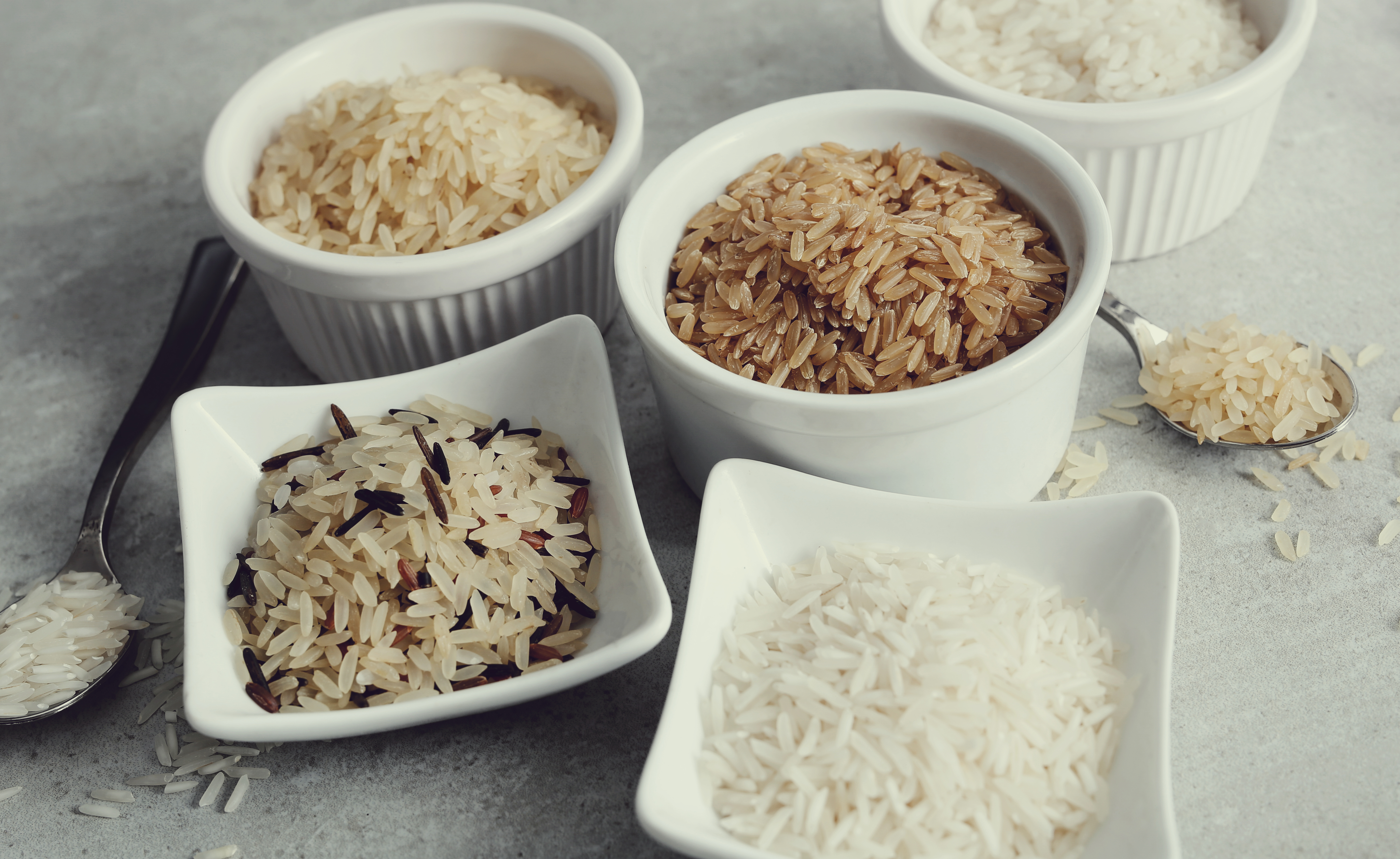
It is important to highlight that all types of rice are naturally gluten-free: white, brown, basmati, wild and other types of rice. Therefore, rice is safe to be consumed by people following a gluten-free diet.
Keep an eye on other grains
It is important to always check the food label. Just like rice, there are other grains that can be consumed by celiac patients or people with gluten sensitivity. Check below a list of permitted grains and those that should be avoided by those with celiac disease or those sensitive to protein.
| Choice | Avoid |
| Rice (all types, including white, brown, basmati, wild rice) | Wheat |
| Corn | Rye Couscous (made from wheat semolina) |
| Quinoa | Barley |
| Amaranth | spell |
| Teff | Triticale (cross of wheat and rye) |
| Sorghum | Farro (ancestral wheat) |
| Buckwheat (despite the name, it is not a variety of wheat and does not contain gluten) | Bulgur (cracked wheat) |
| Certified gluten-free oats | Kamut (Khorasan wheat) |
Does rice flour have gluten?
Because it is made from rice, rice flour is gluten-free. However, it is necessary to be aware of the possibility that the food was produced in facilities shared with other foods that contain gluten. In these cases, it is possible to find traces of the substance, becoming a danger for celiac patients.
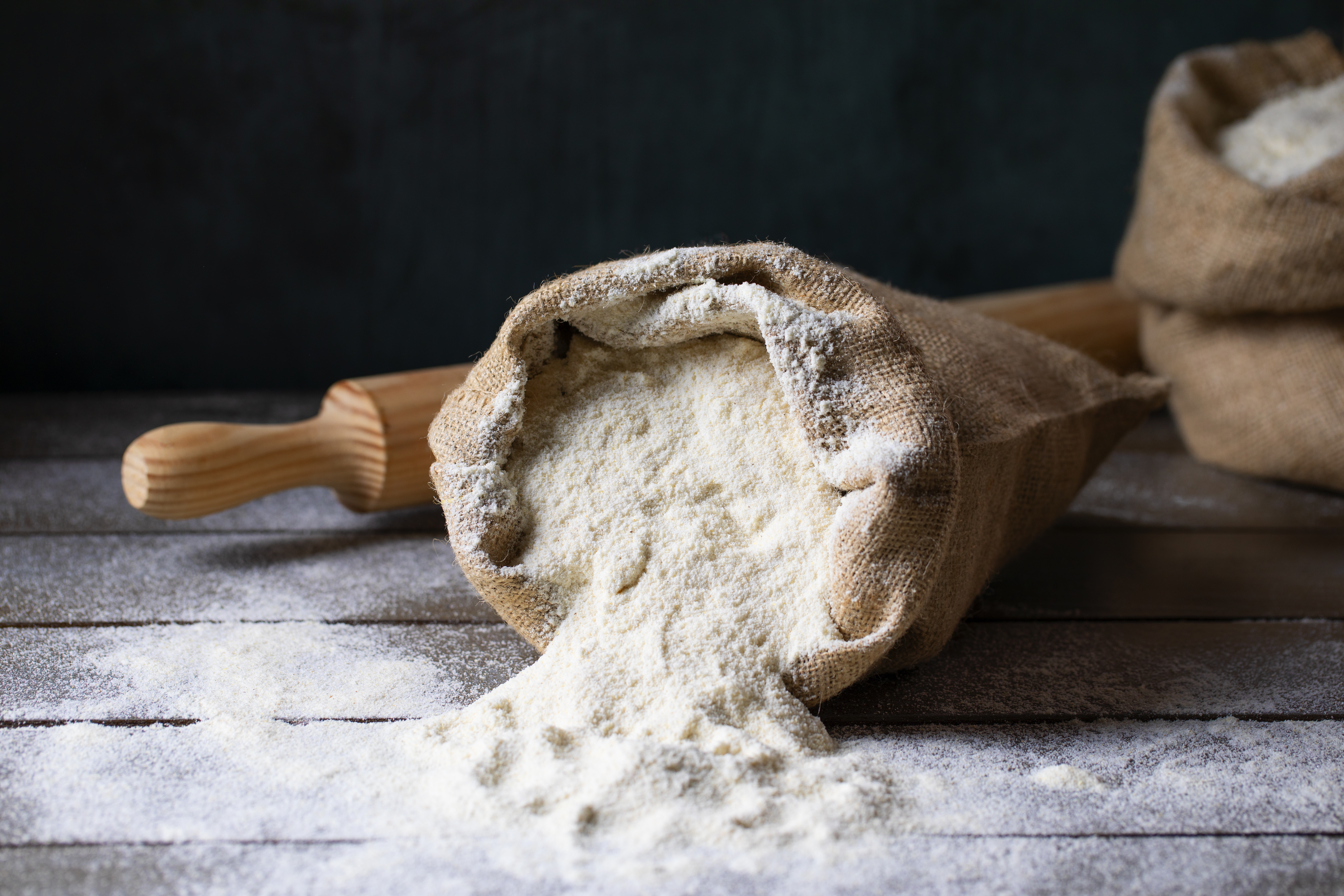
When looking for gluten-free foods, choose reliable brands that carry out safety and food quality tests, and also tests that detect the presence of gluten in food. An interesting issue to analyze is the ppm rate (parts per million).
For a product to be classified as gluten-free or gluten-free, Brazilian regulations established by the Ministry of Agriculture, Livestock and Supply (MAPA) oblige industries to carry out laboratory tests to verify the ppm rate that will define the product’s food classifications. .
If the food contains less than 20 ppm, it may be labeled “gluten-free”, if it has less than 10 ppm, it may be labeled “gluten-free”.
Although the parts per million (ppm) value generally does not appear directly on the food label. The consumer has the right to contact the industry and request knowledge of the fee via SAC. Industries such as Tainá Alimentos work with a production rate limit of 5ppm, ensuring food safety for celiac patients. If you find an interesting product from a brand that arouses your curiosity, don’t be afraid and ask for the ppm, if it interests you.
To find out more, check out Everything you need to know about gluten-free eating and didn’t have anyone to ask.
Beware of contamination
Cross-contamination can pose a number of risks for people with celiac disease, gluten sensitivity or wheat allergies. Get to know them:
- Adverse reactions: Even small amounts of gluten can trigger negative reactions such as abdominal pain, diarrhea, fatigue, rashes, headache and other digestive and immune problems.
- Intestinal damage: Frequent exposure to cross-contamination can lead to damage that impairs adequate nutrient absorption and harms overall health.
- Dietary difficulties: The presence of traces of gluten due to cross-contamination can make it difficult to achieve an effective gluten-free diet.
- Risk of allergies: Cross-contamination can pose a risk to individuals with wheat allergies, triggering severe allergic reactions, including difficulty breathing, swelling and anaphylaxis.
- Uncertainty and anxiety: Cross-contamination can create uncertainty and anxiety about the food they consume, making eating out more stressful.
Good practices to avoid cross-contamination if you live with people who do not have celiac disease and are not sensitive to gluten:
- Read labels carefully: Always check food labels for ingredients that may contain gluten, such as wheat, barley, rye, malt and oats. Look for products labeled “gluten-free” or that have reliable gluten-free certifications.
- Cook in a gluten-free area: Avoid contact with ingredients that contain gluten.
- Store food correctly: Store gluten-free foods in separate, labeled containers to avoid accidental mixing. One tip is to store them in different locations.
- Kitchen utensils and utensils: Use unique kitchen utensils to prepare and serve gluten-free foods. Avoiding shared use of utensils helps reduce cross-contamination.
- Preparation surfaces: Using separate cloths and cleaning products is also an option. Also don’t forget to clean and disinfect preparation surfaces before cooking gluten-free foods.
- Toasters and ovens: When preparing bread and cakes, if possible, have a toaster dedicated only to gluten-free products.
- Restaurant and eating out: Make sure the restaurant has adequate procedures in place to prevent cross-contamination.
Although it is a restrictive diet and requires many precautions to avoid problems, do not feel limited. Try to consume and test reference and specialized gluten-free brands on the market, look for groups on social networks of people who share the same situation as you to share stories, situations and tips. Don’t feel alone, know that you have the right to clarify your doubts with the brands, if applicable.
Tainá Alimentos believes that with the population’s awareness of food allergies, it is possible to create more space for other industries and companies to invest in this public and their quality of life.


